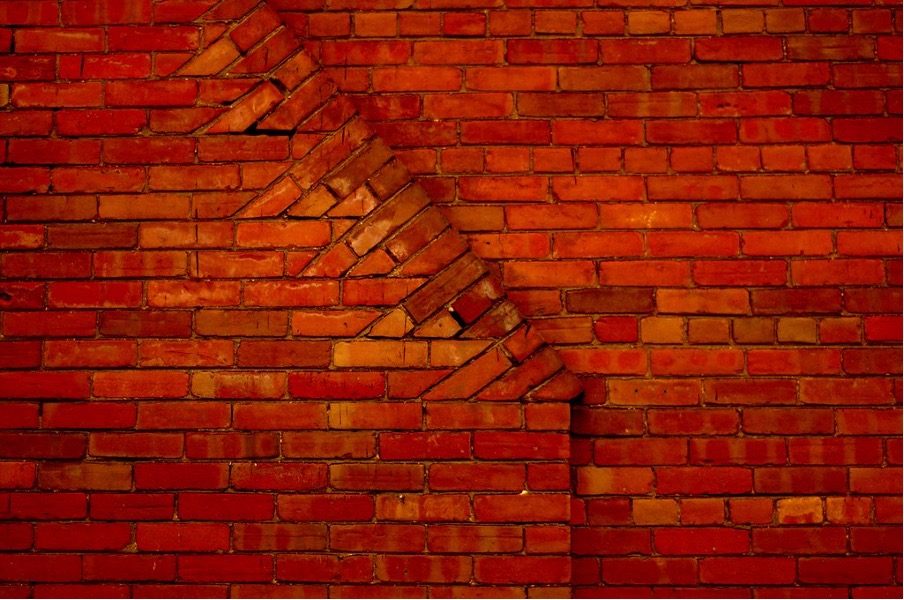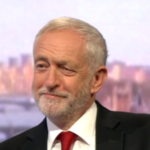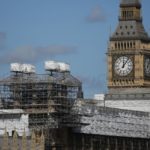
Featured Image: ‘The Red Brick Wall‘ by José Mamona on Flickr is licensed under CC BY-NC-SA 4.0 (link to license deed). Link to old license.
Since the 2019 General Election, politicians, journalists, and political commentators have referred to a series of constituencies as the ‘Red Wall’. The term was established to describe the row of seats between Merseyside and West Yorkshire that have in past decades more or less reliably voted Labour. Over the past two years, this phrase has been misused and misconstrued more than any other piece of political jargon and is now merely an empty and meaningless sound bite.
The east-west dimensions of this wall could under a broad definition include North Wales in the west — reaching the Isle of Anglesey — and with a stretch Kingston-upon-Hull in the east, though the Tory safe seats along the Humber do make that a very extensive stretch. Doncaster is perhaps a better marker as the edge of the wall. The Red Wall’s north-south dimensions are, however, far more contested.
The top of the wall is by any sane measurement somewhere like the Preston-Burnley-Keighley latitude. Perhaps with a bit of imagination the seaside towns of Lancashire might be brought into the fold, though they have been split by the Tory-heavy Ribble Valley. Any attempt to bring the west coast Cumbria marginals into the wall would be madness. The wall image would become more ‘Red Column on a Plinth’ — which doesn’t quite roll off the tongue as nicely.
The southern endpoint of this wall comes back to an age-old argument about where the North ends and the Midlands begins. Staffordshire, Nottinghamshire, and Derbyshire are counties of the Midlands, yet plenty of their constituencies are marginals — especially their Northern seats; thus, parts of these areas could be included in the Red Wall. It’s fair to include seats like Bassetlaw, North East Derbyshire and Mansfield, but I think as soon as one reaches Gedling or Derby North the underground root of the wall has extended a little too far.
This geographical description is a broad one, and clumps together constituencies that have very little in common. The socio-economic, demographic, and electoral differences between Birkenhead and rural Yorkshire are severe, thus painting them as two identical bricks in the same wall is fundamentally daft. What’s worse though are the political commentators who include constituencies in the Red Wall that could in no rational sense be classed as belonging there. A recent MRP poll by respected pollster YouGov asked voters in Red Wall seats what their voting intentions were. They included acceptable constituencies such as Rother Valley, Bury North and Vale of Clwyd, but added areas of the country which just simply aren’t red bricks — like Blyth Valley, Birmingham Northfield, and Lincoln.
Even if geographic conditions are set aside, these seats do have to have something in common. In many Politico’s minds, Red Wall means working-class, leave-voting deindustrialised towns that have almost always voted Labour. The reasons for not doing so now are related to their ageing population, cultural disillusionment, and evaporation of unionised heavy industry. This ought to be the basis of any socio-economic analysis of these seats. Instead, politicians, journalists, and other Westminsterites are lazy. They refer to any constituency north of Watford Gap that has ever voted Labour in the past as a Red Wall seat.
Yet there are areas within the geographically sound Red Wall that do not fit the profile at all — such as Manchester or the Wirral — as well as areas in the South that undoubtedly do fit the profile but are ignored by pollsters and vox pop producers because of their location. Here in Devon, for instance, we have the city of Plymouth. By all accounts, the Plymouth Moor View constituency ought to be considered a typical Red Wall seat. A traditional working-class area where the maritime industry once ruled, it voted to leave the EU by more than 65%. It once voted heavily Labour, but since 2015 has chosen the Conservative Party. Nevertheless, when the BBC needs a constituency that represents the views of Red Wall voters they go to Stoke or Dudley, not because they are part of the Wall — they aren’t — but because they are due North from London.
This is at the heart of the greatest problem with the phrase ‘Red Wall’: it is supposedly a description of the populist, anti-metropolitan working poor of Britain; those who have been described as ‘left behind’ by the rapid pace of globalisation and inhabit the ‘forgotten towns’ whose industry have packed up and moved abroad. Politicians such as Boris Johnson have used this phrase to appeal to this class of the electorate and as a way of empathising with their concerns. However, by utilising it so liberally and by pointing to any part of the North and calling it the ‘Red Wall’, these politicians have proven the constituents of every ‘forgotten town’ right. Westminster is so snobbish and detached from reality that they don’t bother to distinguish who they’re talking to. They simply clump millions of people into the same socio-economic stereotype and produce an utterly meaningless phrase.



Average Rating